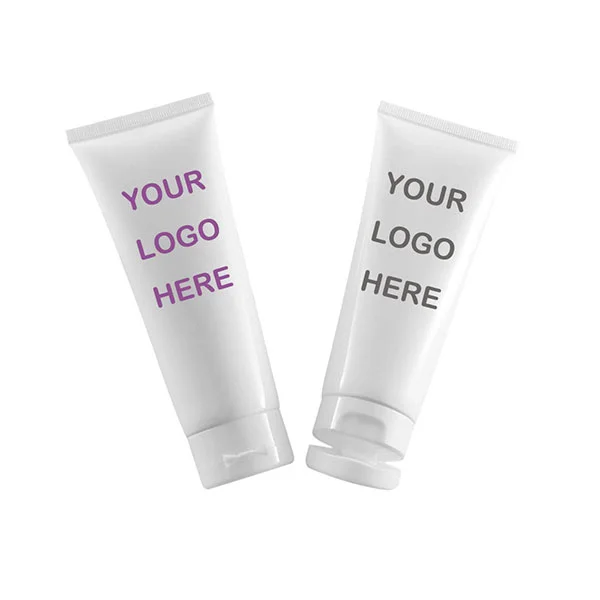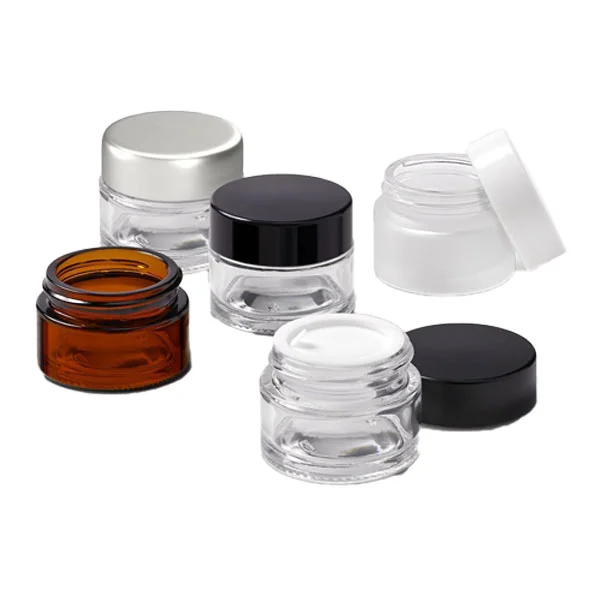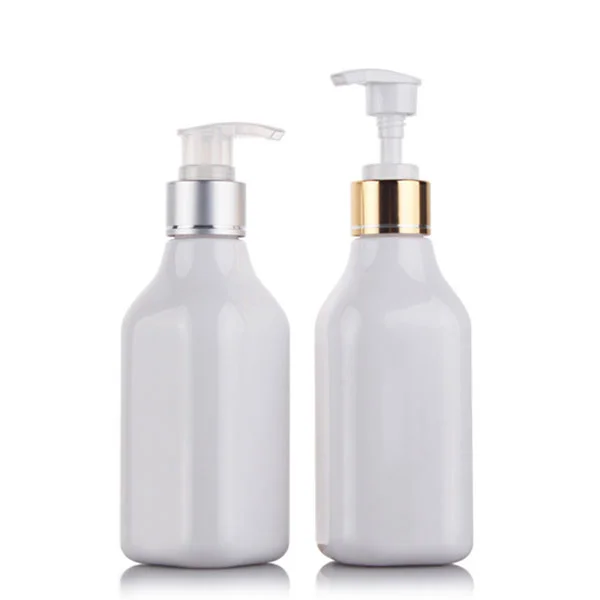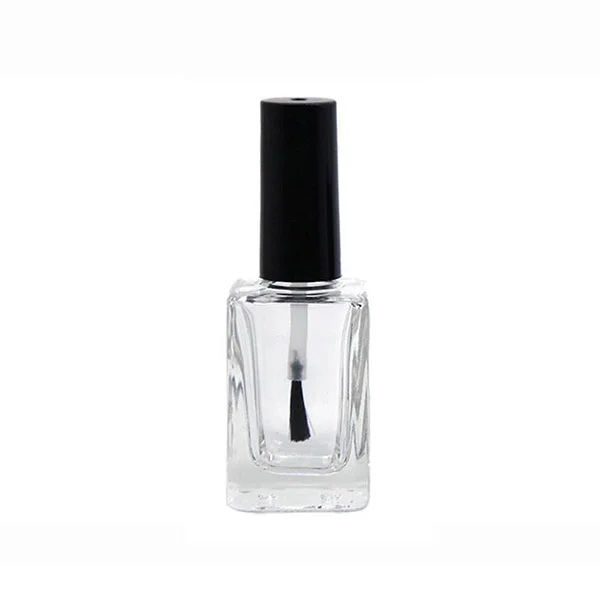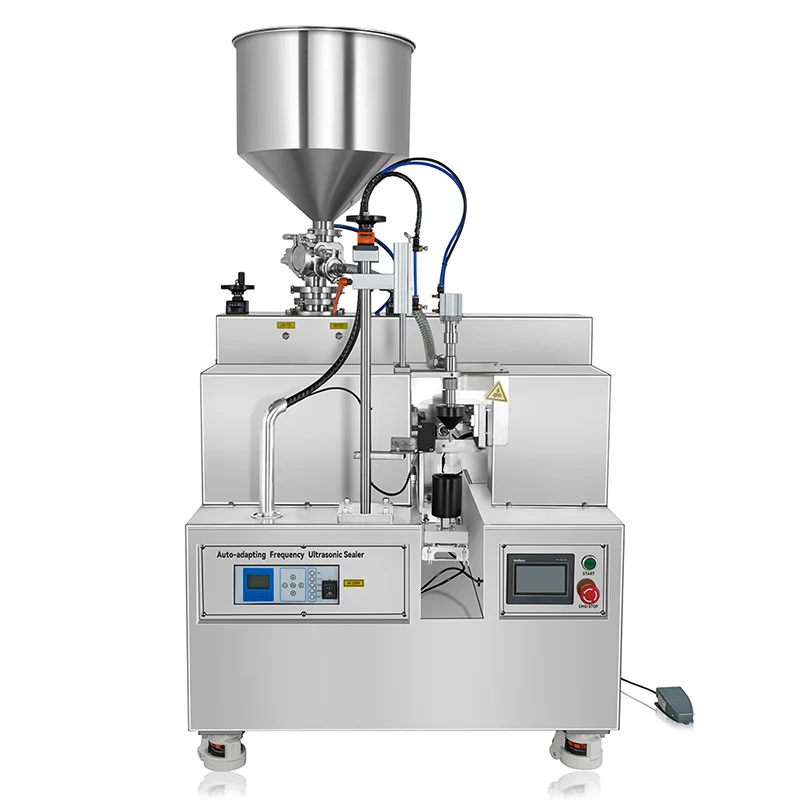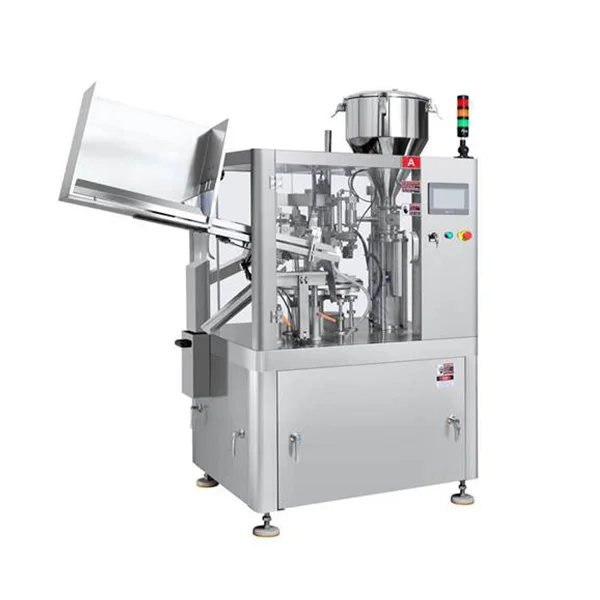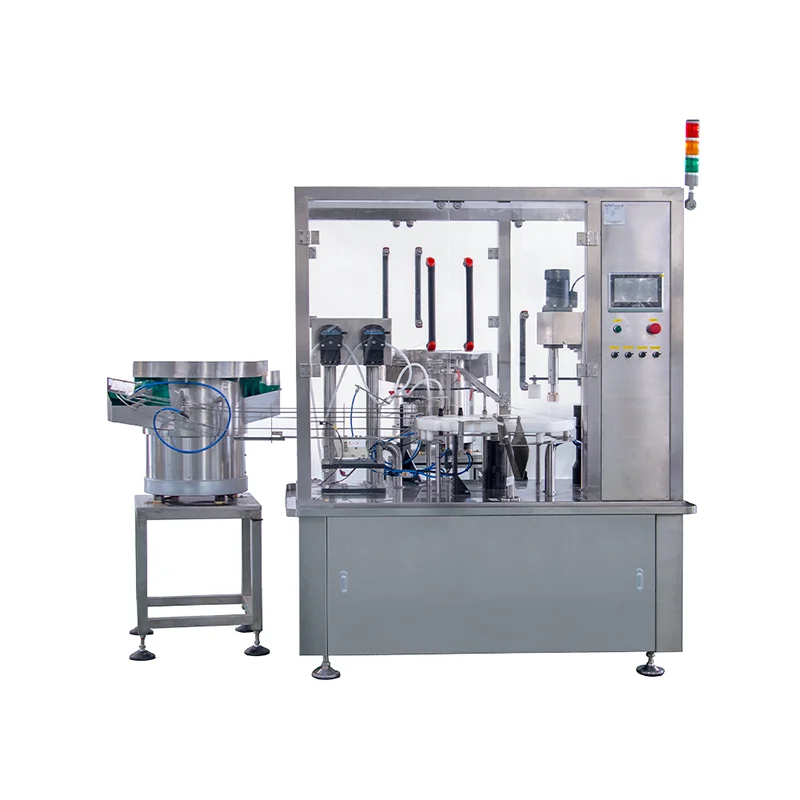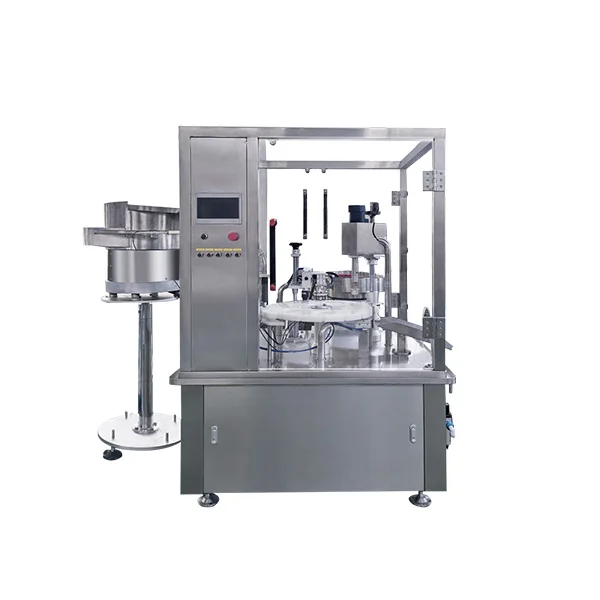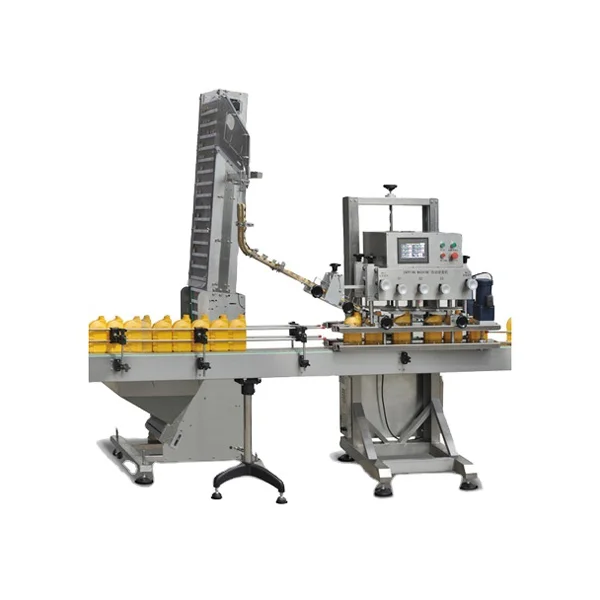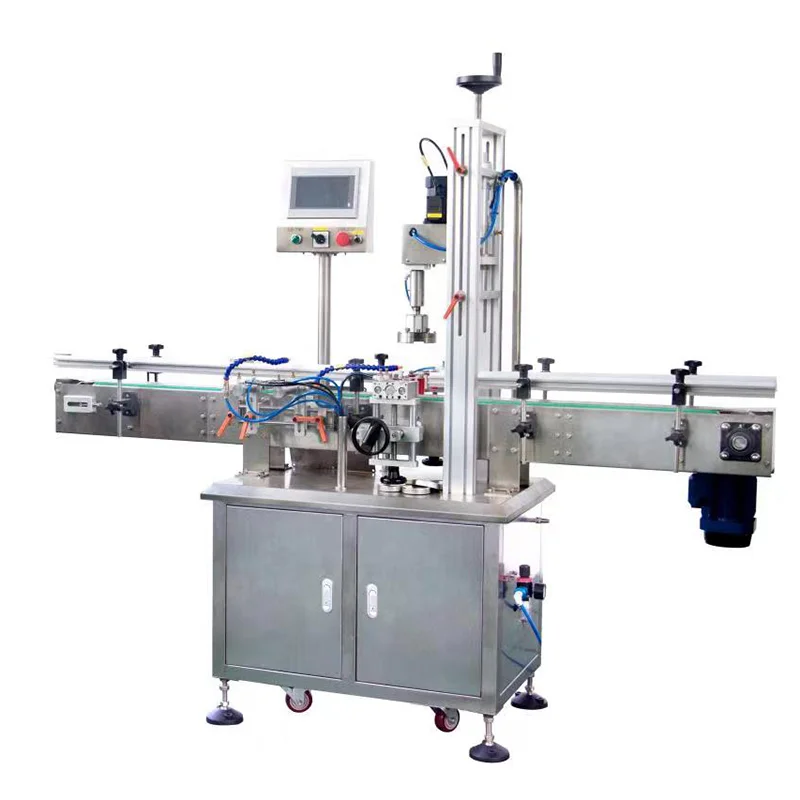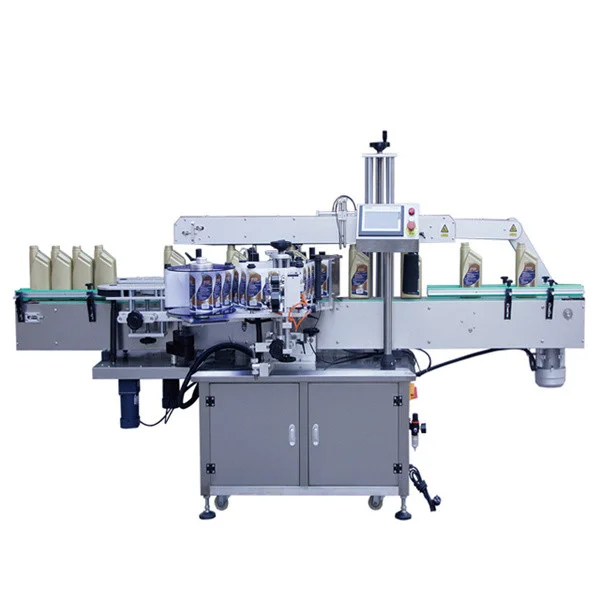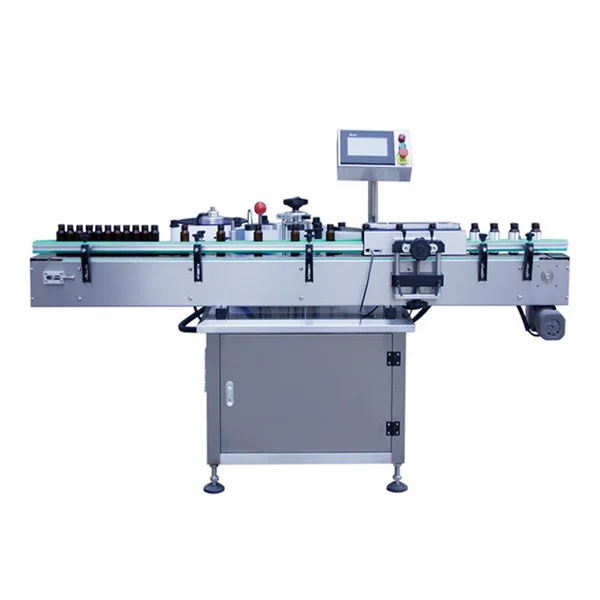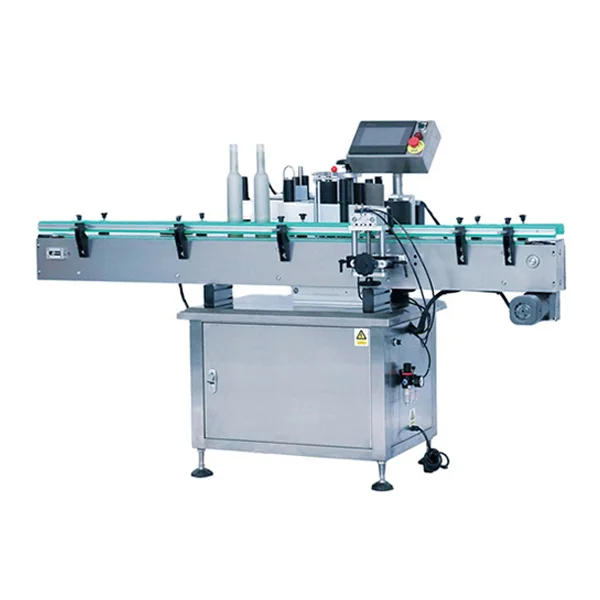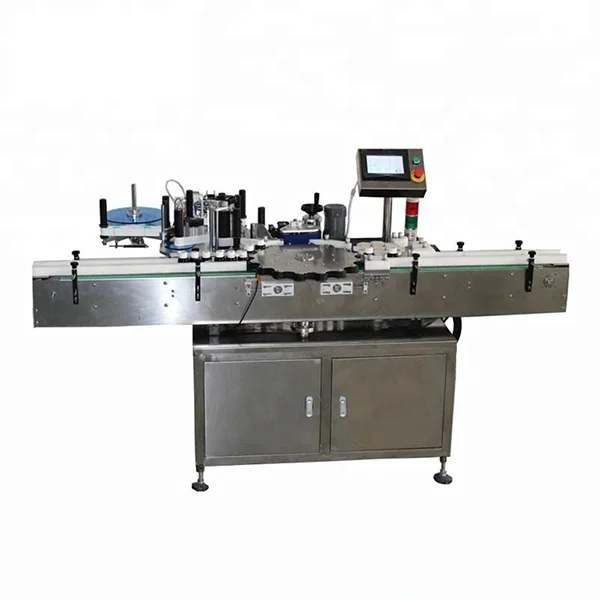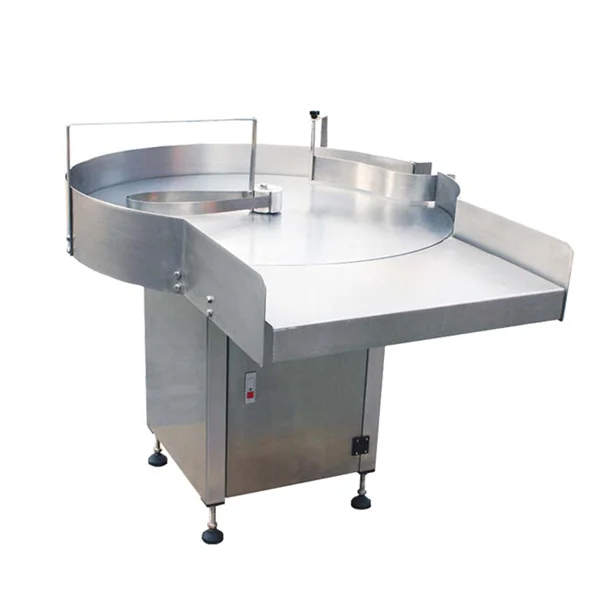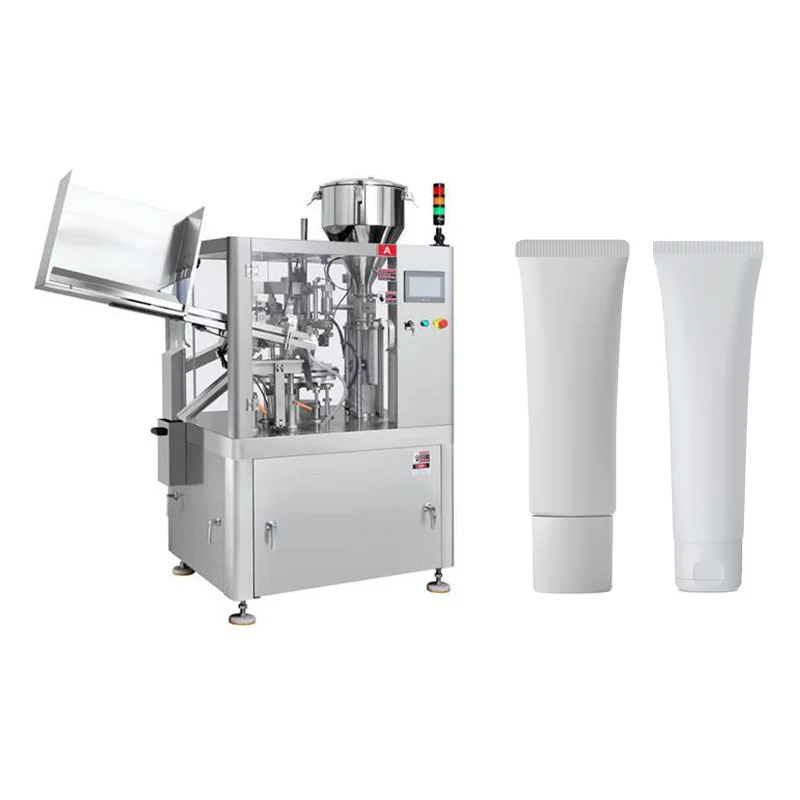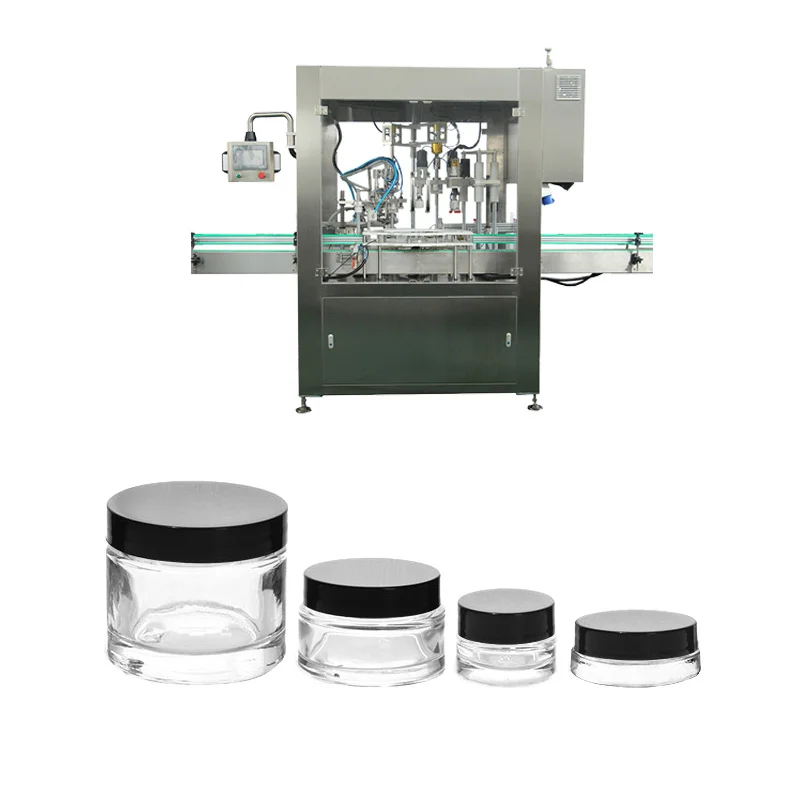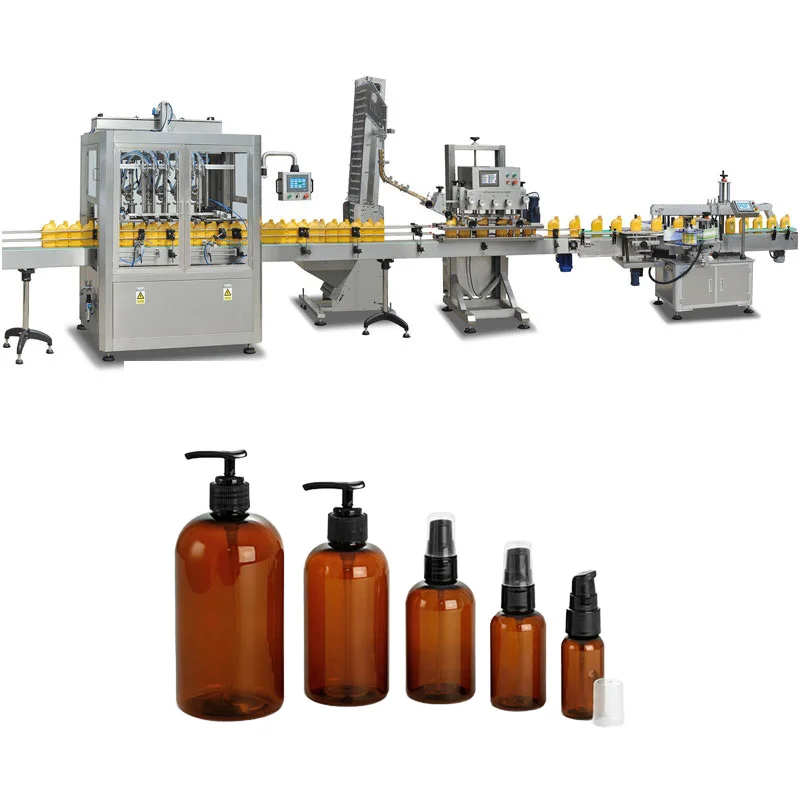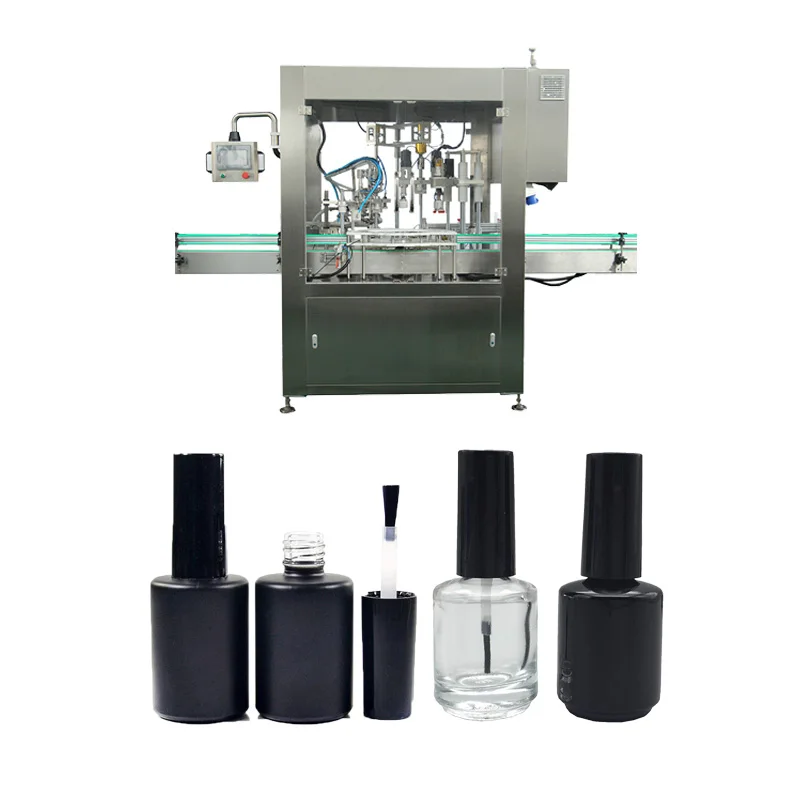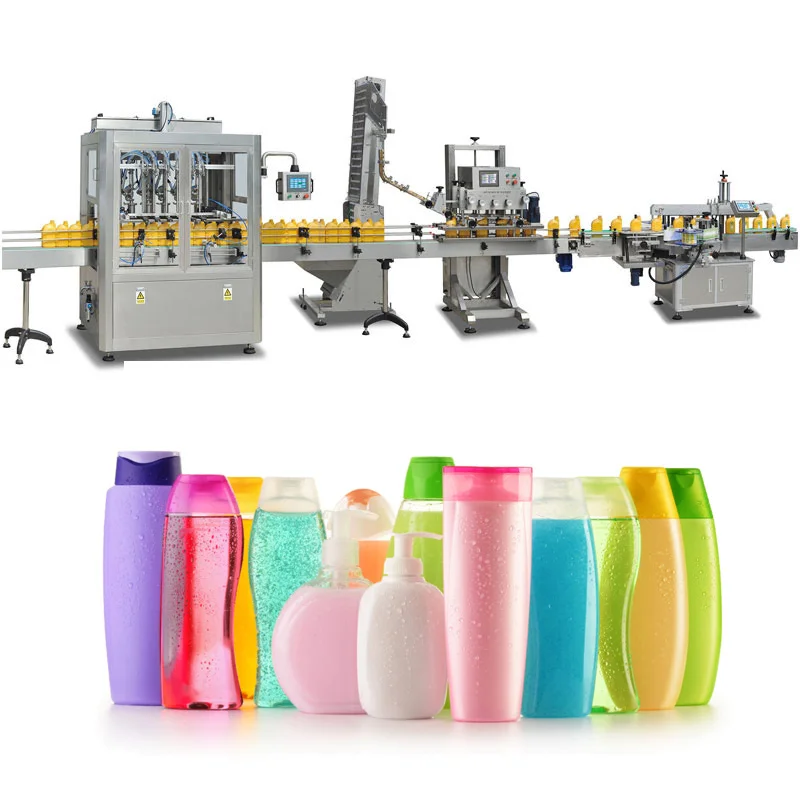
Summary
Cosmetics are constituted from a mixture of chemical compounds derived from either natural sources, or synthetically created ones. Cosmetics designed for skin care can be used to cleanse, exfoliate and protect the skin, as well as replenishing it, through the use of cleansers, toners, serums, moisturizers, and balms. Cosmetics designed for more general personal care, such as shampoo and body wash, can be used to cleanse the body.
Our machines are the perfect solution to fill cosmetic products into normal as well as challenging container shapes. The machines we offer to fill cosmetic products are easy to clean, flexible, fast, and above all composed of materials suitable to process any kind of cosmetic product. From filling, capping, and labeling: our equipment continues to meet the ever-demanding cosmetic and personal care industry.
View VideoThough there are a large number of differing cosmetics used for a variety of different purposes, all cosmetics are typically intended to be applied externally. These products can be applied to the face (on the skin, lips, eyebrows and eyes), to the body (on the skin, in particular the hands and nails), and to the hair. These products may be intended for use as skincare, personal care or to alter the appearance, with the subset of cosmetics known as makeup primarily referring to products containing colour pigments intended for the purpose of altering the wearer's appearance; some manufacturers will distinguish only between "decorative" cosmetics intended to alter the appearance and "care" cosmetics designed for skincare and personal care.[From Wiki]
There are many types of cosmetics, mostly liquids or creams, but also some are powders or solids. We will focus here on the primary packaging of liquid and cream cosmetics.
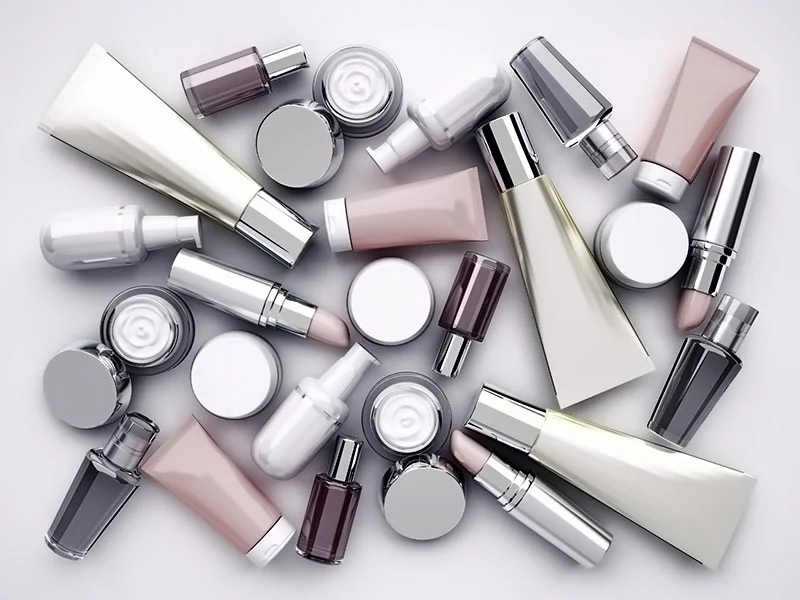
Types of cosmetics
1. Classification according to the use of functional
Can be divided into two categories of special-purpose cosmetics and non-special-purpose cosmetics. Non-special purpose cosmetics can be divided into cleaning cosmetics (such as facial cleansers, shampoos, body washes, etc.), care cosmetics (such as lotions, emollients, etc.), and beauty cosmetics (such as eye shadow, rouge, lipstick, etc.).
2. Classification according to the use of parts
Can be divided into skin cosmetics (such as makeup remover oil, moisturizer, etc.), hair cosmetics (such as shampoo, perm, etc.), oral cosmetics (such as toothpaste, mouthwash, etc.), and nail cosmetics (such as nail polish, nail wash, etc.).
3. Classification by cosmetic formulations
Can be divided into water-based products (such as perfume, lotion, etc.), oil-based products (such as sunscreen, massage oil, hair oil, etc.), emulsion products (such as cleaning cream, moisturizer, emulsion, etc.), powder products (such as powder, toner, etc.), block products (such as powder, rouge, etc.), suspension products (such as foundation, etc.), surfactant solvent products (such as shampoo, hand soap, etc.), gel products (such as cleansing gel, sleep mask, etc.), aerosol products (such as hair spray, mousse, etc.), cream products (such as shampoo, cream mask, etc.), ingot products (such as lipstick, etc.) and pen products (such as lip liner, eyebrow pencil, etc.).
As mentioned above, there is a wide variety of cosmetic products, of which liquids and creams account for the majority, corresponding to a very large number of containers for primary packaging of cosmetics. Facial cleansers in tubes, creams in glass jars, lotions in plastic round bottles with pump-head caps, nail polish in small glass bottles, etc.
Our cosmetic liquid filling machines are specifically built to meet the constantly changing demands of the cosmetics industry. We are continuously striving to make our cosmetic filling equipment able to accommodate more container shapes and sizes. Our goal is to manufacture the best machines that are able to handle various levels of viscosity.
For different cosmetic viscosities we offer gravity fillers, overflow fillers, piston fillers and pump fillers. Below we list some of the common filling machine options for cosmetic products.
1. For the filling and sealing of cosmetic tubes, it goes without saying that our tube filling and sealing machine is the choice of choice
2. For the filling and capping of cosmetic jars, there are generally two options; monoblock type filling and capping machine and linear type filling machine
3. For filling and capping cosmetic bottles, piston filling machine is usually recommended, mainly because cosmetic products usually have more than one bottle type, and piston filling machine can fill multiple bottle types without changing accessories. For more details, please see Lotion Filling Machine for details.
Purchasing an automatic filling machine (or turnkey line) for cosmetics can be very rewarding for your business. Advantages include higher levels of precision and less opportunity for human filling errors, greater consistency of fill, less costly product wastage, improved speeds and more. Purchasing the right filling equipment for your products is therefore critical to ensure your procedures are optimised to save time and money, and ultimately add value.
Cleaning Equipment
A lasting positive product image is founded on the highest hygiene standards. Many cosmetic lotions hit the market as "pure" cleansers, such as anti-aging and other skin creams. To keep a product "pure", the packaging system must also remain sanitary. Container cleaning equipment, such as automatic rinsing machines and bottle vacuums, help to ensure that the product does not become contaminated by dirt, dust or other debris that may settle into the container prior to the container reaching the filling machine. Rinsing machines may use clean air, water or other media to rinse contaminants from bottles before moving them along a power conveyor system to the fill area.
Filling Equipment
The filling machine used for any cosmetic product will depend on the product itself. Like container cleaning equipment, filling equipment is available in different levels of automation. When you partner with VKPAK, you benefit from consistently high filling accuracy across the entire range of formats. This reliably eliminates pack soiling. By carefully choosing the right filling technology, your product will be processed as gently as possible, and any residual product at the end of the production process will be reduced. A wide range of different filling technologies are available with scalable filling modules that can be cleaned quickly and can even be explosion-protected if required. Our filling technologies enable you to reliably fill products with low viscosity like perfume to high viscosity products such as mascara.
Capping Machines
Capping machines are used to seal and protect products once they have moved through the filling process. For closing, we offer you high process stability when achieving torque, exact closure positioning, excellent product sealing, and gentle closure operation. VKPAK provides functional solutions for all common closure types (bouncing, screwing, aligning, inserting, crimping, and sealing). Stoppers, sealing foils, bounce and screw caps, pumps, and airless applications can all be processed using our closing technologies. Just as no single filling machine will work with every cosmetic product, no single capping machine will suffice either. The best capping machine for any cosmetic product will depend on the cap and container chosen for the product and the production requirements necessary for the product.
Labeling Equipment
Once the cosmetic product is filled and capped, the label can be applied in any number of different manners. Keep in mind that it is the product label that provides an opportunity to not only inform your potential customer, but to set yourself apart from the competition as well. Labeling machines can promote creativity by allowing labels to be applied to the front and back of a product, wrapped around the product, as a three panel design or any other custom application. Pressure sensitive labeling machine will normally work well with glass or plastic containers and coding equipment will allow for lot numbers, expiration dates or other information to be printed directly to the label. Like other equipment, labeling machines for cosmetic products are available in different automation levels to meet the production needs of each individual packager.
Other Packaging Machines For Cosmetics
Many other packaging machines may be used on a packaging system for cosmetics. Both power conveyor systems and non-power conveyors may be used to add efficiency to the packaging process. Induction sealers and neck banders can provide tamper evidence for products. Cartoners or shrink wrap bundlers allow for additional packaging options. The packaging equipment used on any cosmetic line will be determined by the product, the containers and the production requirements necessary.
Cosmetic packaging needs can vary widely so we offer several packaging solutions for liquids and pastes. We’ll supply the perfect cosmetic packaging equipment for your needs whether that’s a piston or pump filler machine. You can get a high-quality cosmetic filling machine to fill jars, nail polish bottles, bottles, or any other container. Since the cosmetics industry changes rapidly, we work hard to create cosmetic equipment which can accommodate containers of various shapes and sizes. They can also handle products with varying levels of viscosity. No matter what the consistency of your product is, we’ll find the right solution for you.
By accommodating challenging container shapes, sizes, and a wide range of viscosities, VKPAK’s liquid filling, capping and labeling equipment continues to meet the ever-changing demands of the cosmetic, health and personal care industries. Our cosmetic line of filling equipment will accurately dispense products that are water-thin liquids, gels, mascaras, lipsticks, shampoos, serums, creams, and lotions, as well as help execute final container packaging needs.
